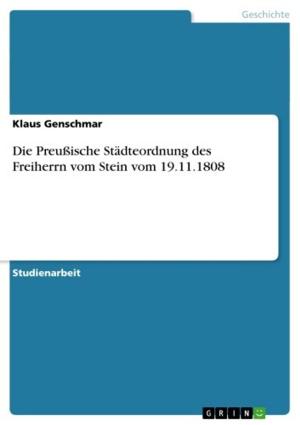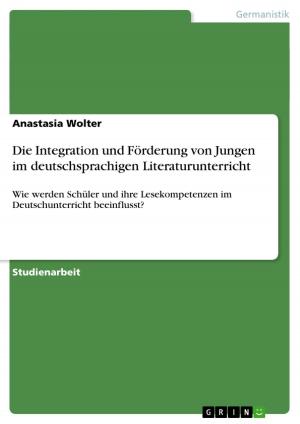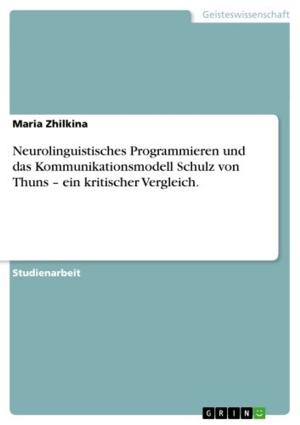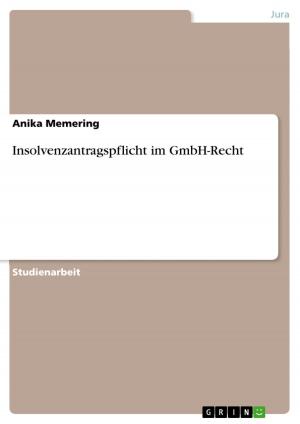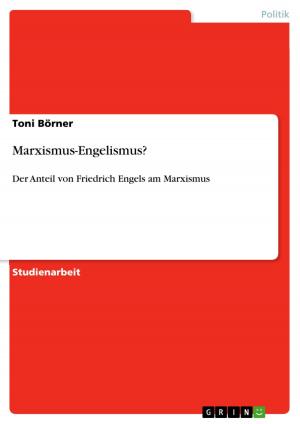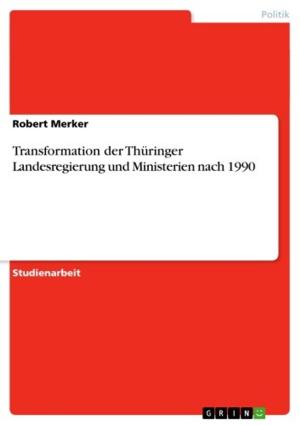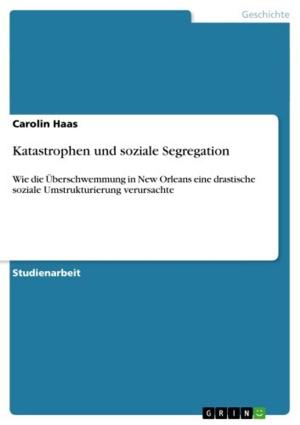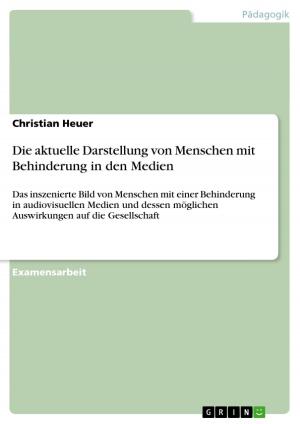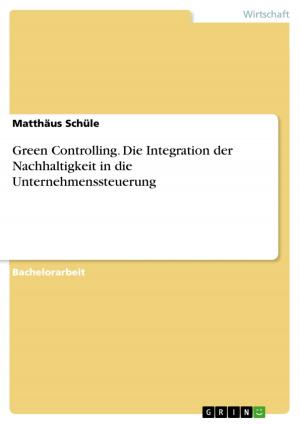Teaching Poetry in the EFL Classroom. A Multimodal Lesson with an interactive Whiteboard
A Lesson Project
Nonfiction, Entertainment, Drama, Anthologies| Author: | Markus Emerson | ISBN: | 9783668103696 |
| Publisher: | GRIN Verlag | Publication: | December 7, 2015 |
| Imprint: | GRIN Verlag | Language: | English |
| Author: | Markus Emerson |
| ISBN: | 9783668103696 |
| Publisher: | GRIN Verlag |
| Publication: | December 7, 2015 |
| Imprint: | GRIN Verlag |
| Language: | English |
Project Report from the year 2012 in the subject American Studies - Culture and Applied Geography, grade: 1, TU Dortmund (American Studies), course: Cultural and Media Studies, language: English, abstract: The thesis for our project was the following: Using the Whiteboard (WB) in a poetry lesson in the English Foreign Language classroom can enrich the teaching and learning experience and therefore foster a positive learning climate where different learner types are addressed. We tried to create a ninety-minute seminar session, which, firstly, proves our thesis, and, secondly, motivate you to take a closer look at the opportunities that the WB offers for teachers. Thus, we chose a variety of four different sessions that featured various usages of the WB in an entertaining but academic way and should raise awareness of possible and new ways to use the WB as well as to inspire students (who will themselves be teachers one day) for the future. Hence, we tried to incorporate various forms of WB usage to show how it can transcend usual PowerPoint presentations and add more media. As far as the content of the session is concerned, we focused on poetry (creative aspects as well as analytical tasks) as poetry is a form of writing that can be produced and received in various different and individual ways due to its nature. Feelings and ideas can be expressed freely and creatively. As poems are usually in a condensed and short format, connected activities like producing, reading or interpreting them can all be done in the classroom. The individual and creative aspect motivates pupils and can support a very personal access to this format of writing. Combining poetry and WB can lead to a new poetry teaching experience. According to Fleming, pupils' ideas about poetry will inevitably be formed by the extent and variety of their reading; in fact, as suggested earlier, confusion is likely to arise if poetry is introduced into the classroom only at infrequent intervals (40). Employing the WB offers the chance to have a greater variety of readings and understandings through different channels and input (visual, audio-visual, video). That the WB combines different media also makes it easier to discuss intermedial/intermodal forms of poetry. This is also supported by Shenton and Pagett's research on the WB in classrooms. They conclude that WBs have 'great potential for motivating and engaging pupils in sophisticated forms of multimodality' (135). Furthermore, the frequency of dealing with poetry can be raised. It is much quicker to analyse a poem, save the changes, connect to the internet and be interactive with the WB. [...]
Project Report from the year 2012 in the subject American Studies - Culture and Applied Geography, grade: 1, TU Dortmund (American Studies), course: Cultural and Media Studies, language: English, abstract: The thesis for our project was the following: Using the Whiteboard (WB) in a poetry lesson in the English Foreign Language classroom can enrich the teaching and learning experience and therefore foster a positive learning climate where different learner types are addressed. We tried to create a ninety-minute seminar session, which, firstly, proves our thesis, and, secondly, motivate you to take a closer look at the opportunities that the WB offers for teachers. Thus, we chose a variety of four different sessions that featured various usages of the WB in an entertaining but academic way and should raise awareness of possible and new ways to use the WB as well as to inspire students (who will themselves be teachers one day) for the future. Hence, we tried to incorporate various forms of WB usage to show how it can transcend usual PowerPoint presentations and add more media. As far as the content of the session is concerned, we focused on poetry (creative aspects as well as analytical tasks) as poetry is a form of writing that can be produced and received in various different and individual ways due to its nature. Feelings and ideas can be expressed freely and creatively. As poems are usually in a condensed and short format, connected activities like producing, reading or interpreting them can all be done in the classroom. The individual and creative aspect motivates pupils and can support a very personal access to this format of writing. Combining poetry and WB can lead to a new poetry teaching experience. According to Fleming, pupils' ideas about poetry will inevitably be formed by the extent and variety of their reading; in fact, as suggested earlier, confusion is likely to arise if poetry is introduced into the classroom only at infrequent intervals (40). Employing the WB offers the chance to have a greater variety of readings and understandings through different channels and input (visual, audio-visual, video). That the WB combines different media also makes it easier to discuss intermedial/intermodal forms of poetry. This is also supported by Shenton and Pagett's research on the WB in classrooms. They conclude that WBs have 'great potential for motivating and engaging pupils in sophisticated forms of multimodality' (135). Furthermore, the frequency of dealing with poetry can be raised. It is much quicker to analyse a poem, save the changes, connect to the internet and be interactive with the WB. [...]

